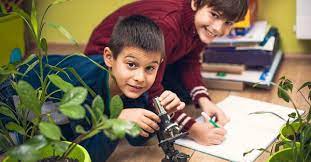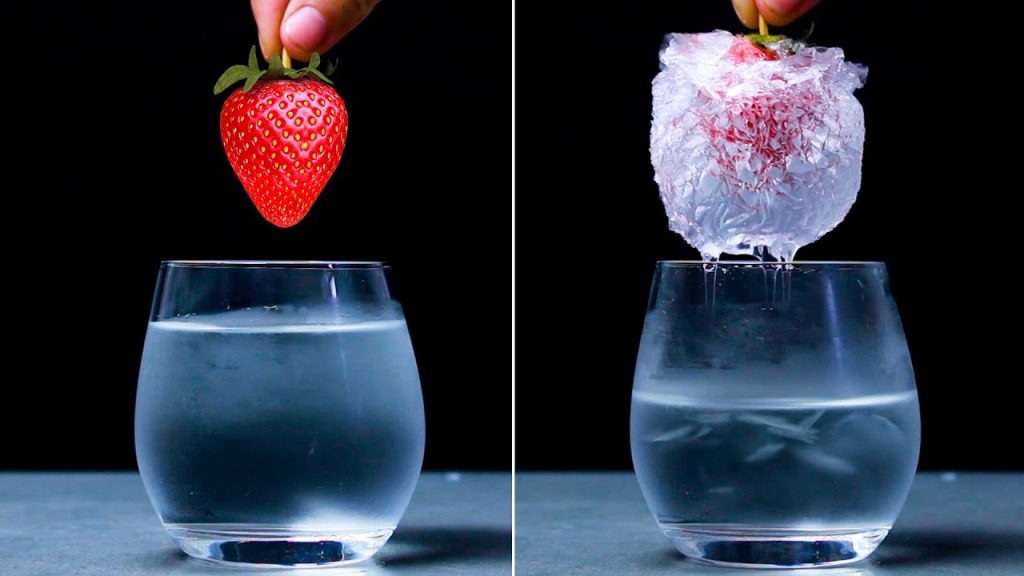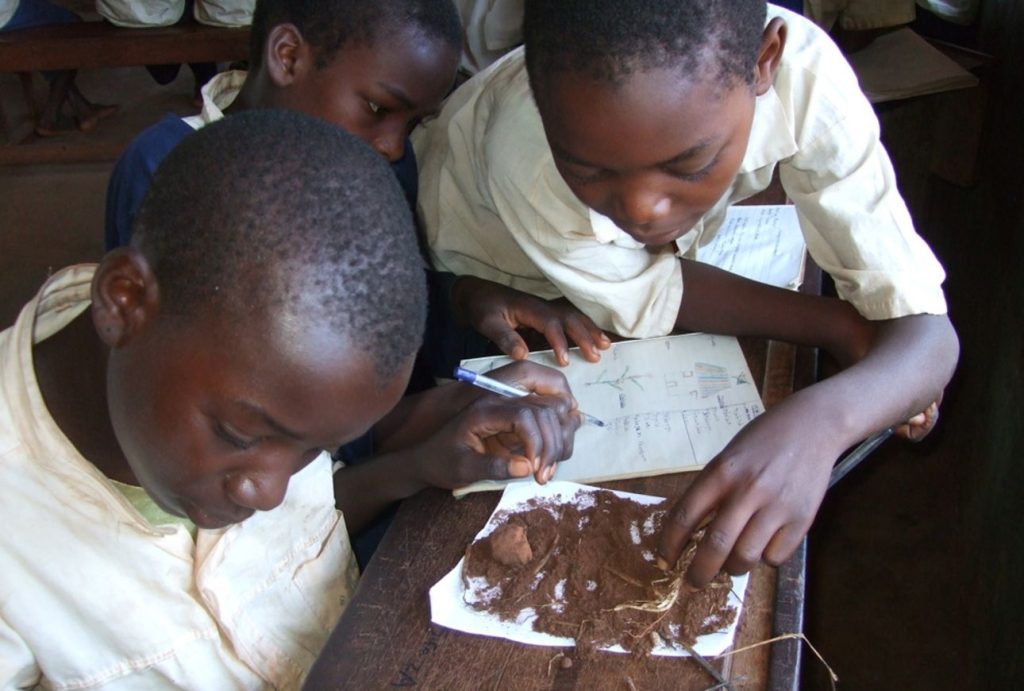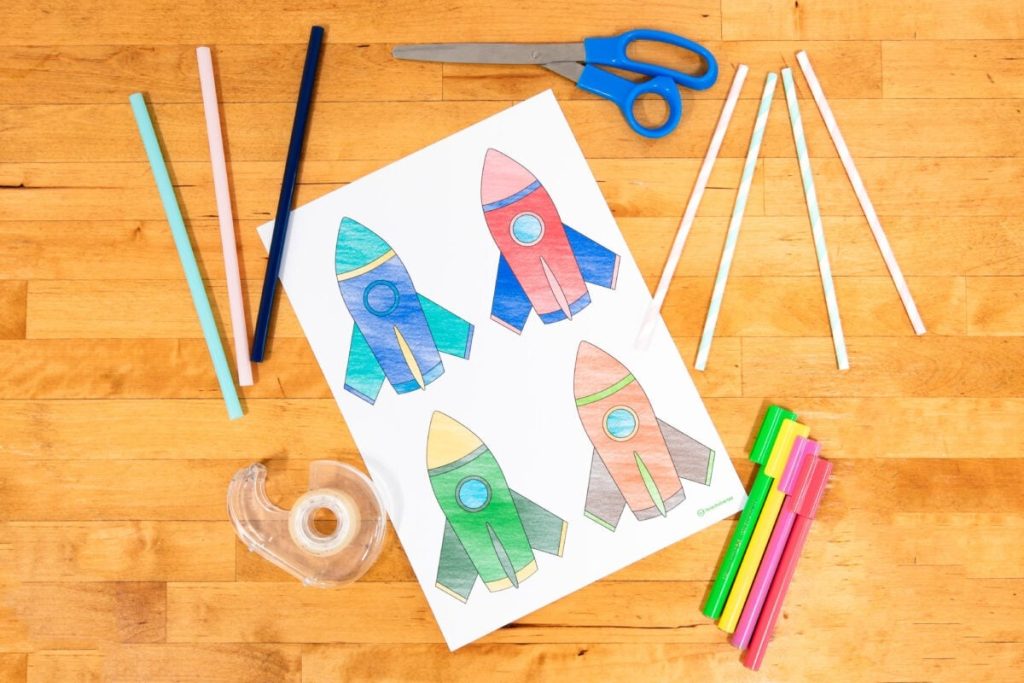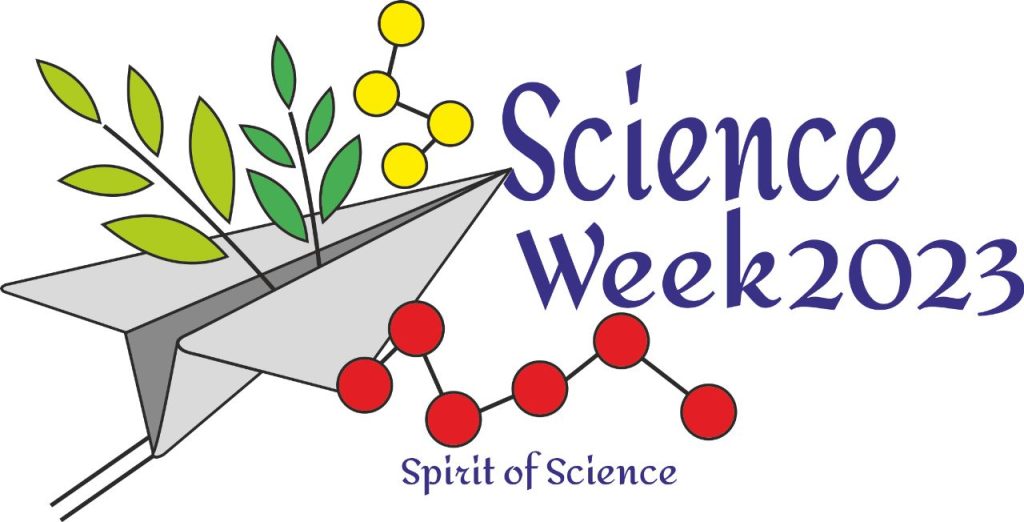Plants have always been an integral part of our environment, and they can have an incredible impact when included in educational settings. When classrooms are spruced up with greenery, students experience an array of benefits. Here are five significant benefits of having plants in the classroom:
1. Improved Air Quality: Plants naturally purify the air by absorbing toxins and emitting oxygen. In a classroom, which is often enclosed and could have poor ventilation, having plants contributes to cleaner air, which can help improve student concentration and health.
2. Reduced Stress Levels: Studies have shown the presence of plants in a working environment reduces stress levels. Because stress can affect learning and memory, plants can create a more relaxed, peaceful atmosphere that is conducive to learning.
3. Enhanced Concentration and Memory: The calming effect of plants can not only reduce stress but also lead to increased concentration among students. A study found that tasks performed while under the calming influence of nature are performed better and with greater accuracy, yielding a higher quality result.
4. Encourages Responsibility: Taking care of plants can teach students about responsibility and the importance of nurturing other living things. It gives them a sense of ownership and helps them understand the effort required to maintain a healthy living environment.
5. Positive Impact on Mental Health: Bringing nature into the school setting through plants can help improve student mood and could potentially reduce symptoms of depression and anxiety. The visual aspect of greenery can be mentally soothing and has been linked to improvements in mood and mental health.
Incorporating plants into the classroom not only adds a touch of nature but provides practical benefits that enhance the educational environment for students. These advantages only scratch the surface, but they make a compelling case for why schools everywhere might consider greening their classrooms with foliage.
